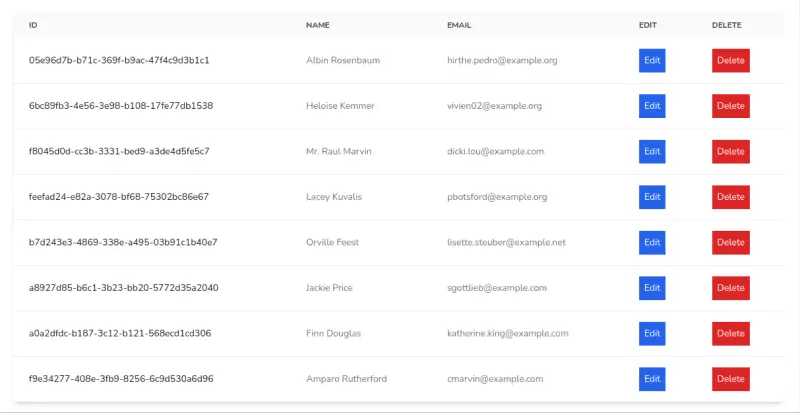Introduction:
Flutter offers a versatile platform for creating stunning UI/UX designs and efficient state management. In this guide, we’ll cover everything from beginner basics to advanced concepts, integrating Firebase or Supabase for seamless data management.
1. Getting Started with Flutter:
Install Flutter SDK and set up your development environment.
Learn Dart basics: variables, functions, classes, and object-oriented programming concepts.
Dive into Flutter widgets: understand the widget tree, stateless vs. stateful widgets, and widget lifecycle.
2. Designing Engaging UI/UX:
Explore principles of UI/UX design: layout, typography, color theory, and accessibility.
Utilize Flutter’s rich set of Material Design and Cupertino widgets.
Implement responsive design for various screen sizes and orientations.
Enhance user interaction with animations and gestures.
3. Building Your First Flutter App:
Start with a simple app: Hello World.
Explore layout widgets: Row, Column, Container, and Expanded.
Add interactivity with GestureDetector and InkWell.
Style your app with themes and custom fonts.
4. Advanced UI/UX Techniques:
Design complex layouts using Stack, Positioned, and CustomPaint.
Implement beautiful transitions and animations with AnimatedContainer, Hero, and PageView.
Enhance user experience with Flutter’s built-in gestures and touch feedback.
5. Flutter and State Management:
Understand the importance of state management in Flutter.
Explore different state management approaches: setState, Provider, BLoC, Redux, and Riverpod.
Choose the right state management solution based on your app’s complexity and requirements.
6. Integrating Firebase or Supabase:
Set up Firebase or Supabase for authentication, real-time database, and cloud storage.
Implement user authentication with Firebase Authentication or Supabase Auth.
Store and retrieve data from Firebase Firestore or Supabase Realtime Database.
Securely manage user data and permissions.
7. Testing and Debugging:
Write unit tests and widget tests to ensure your app’s reliability.
Use debugging techniques like print debugging, breakpoints, and Flutter DevTools to diagnose issues.
8. Deploying Your Flutter App:
Prepare your app for deployment: configure app icons and splash screens.
Build and release your app for Android and iOS.
Publish your app to the Google Play Store and Apple App Store.
Conclusion:
Mastering Flutter is not only about writing code but also about crafting delightful user experiences. By combining advanced UI/UX design principles with efficient state management and seamless integration with Firebase or Supabase, you’ll create high-quality Flutter apps that captivate users and earn high ratings. Keep exploring, experimenting, and refining your skills to become a proficient Flutter developer!




